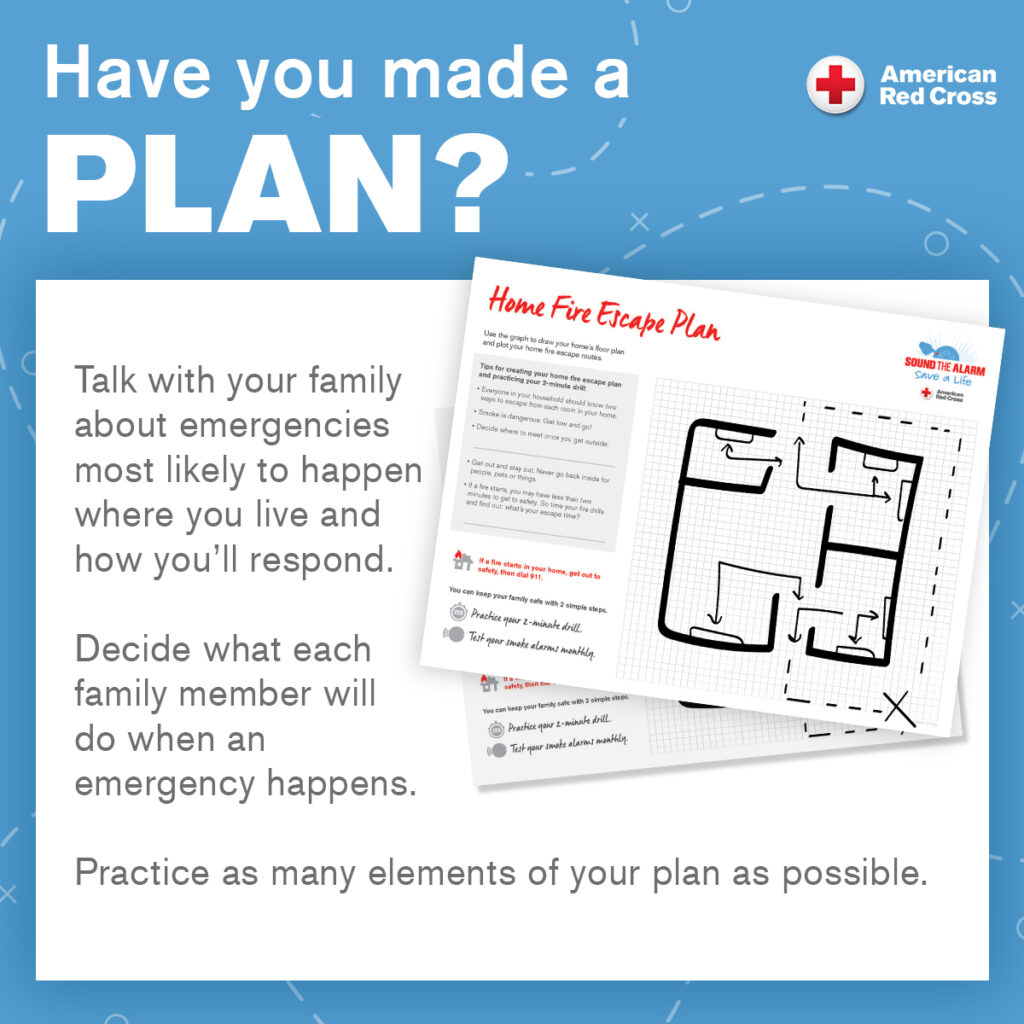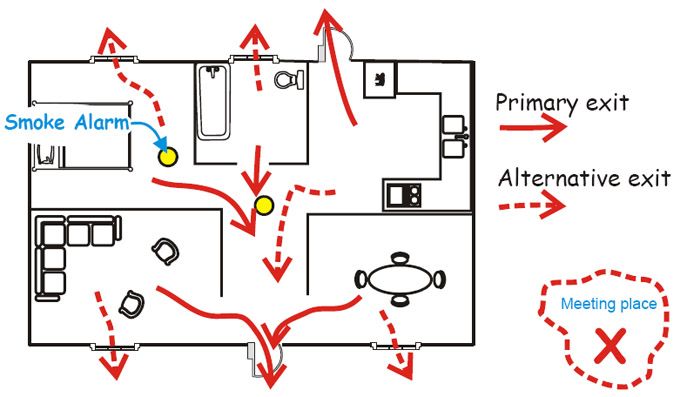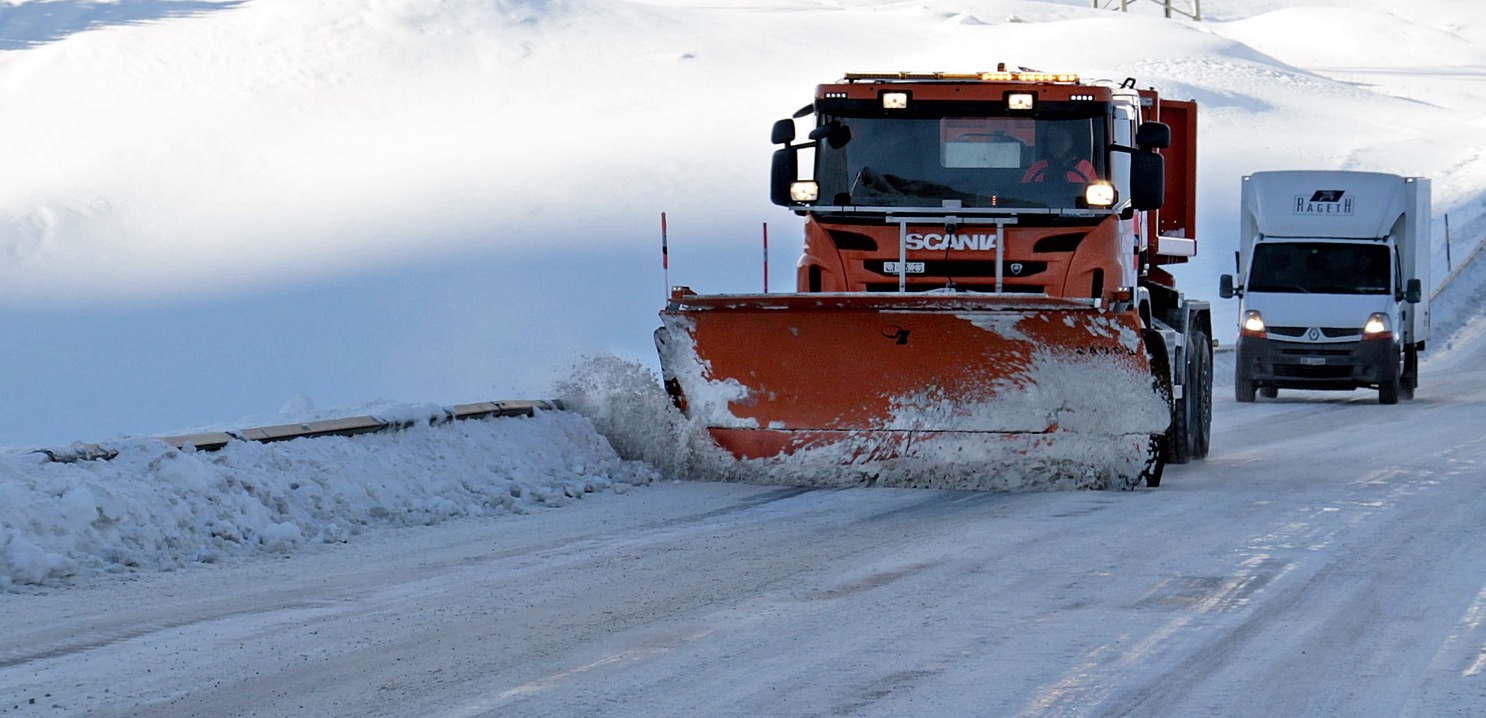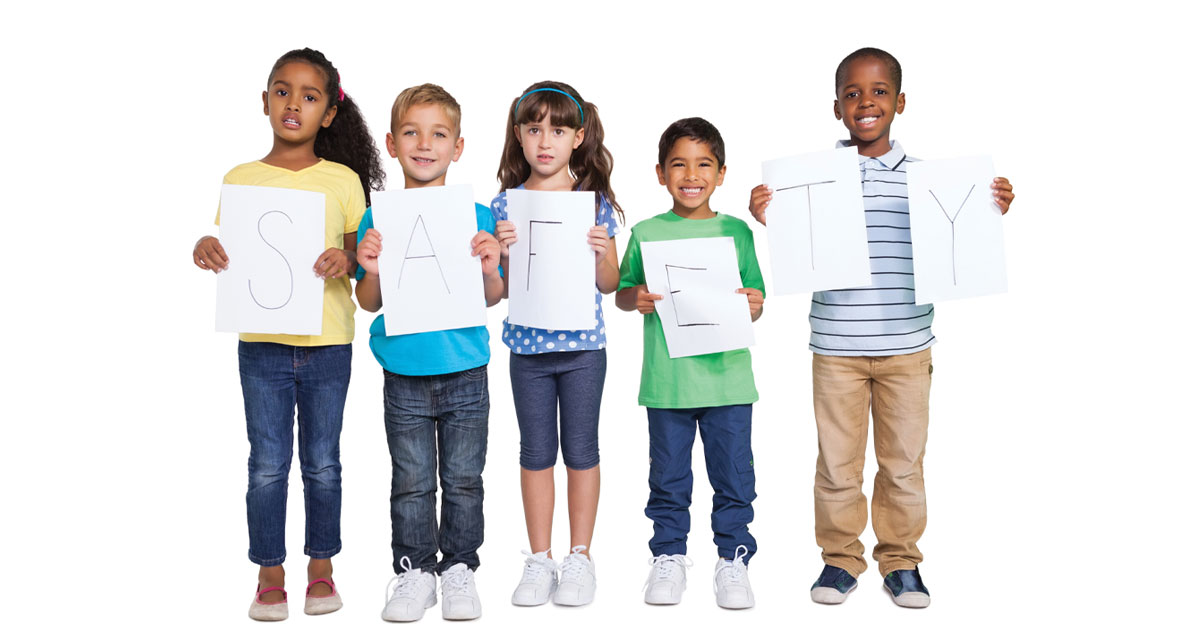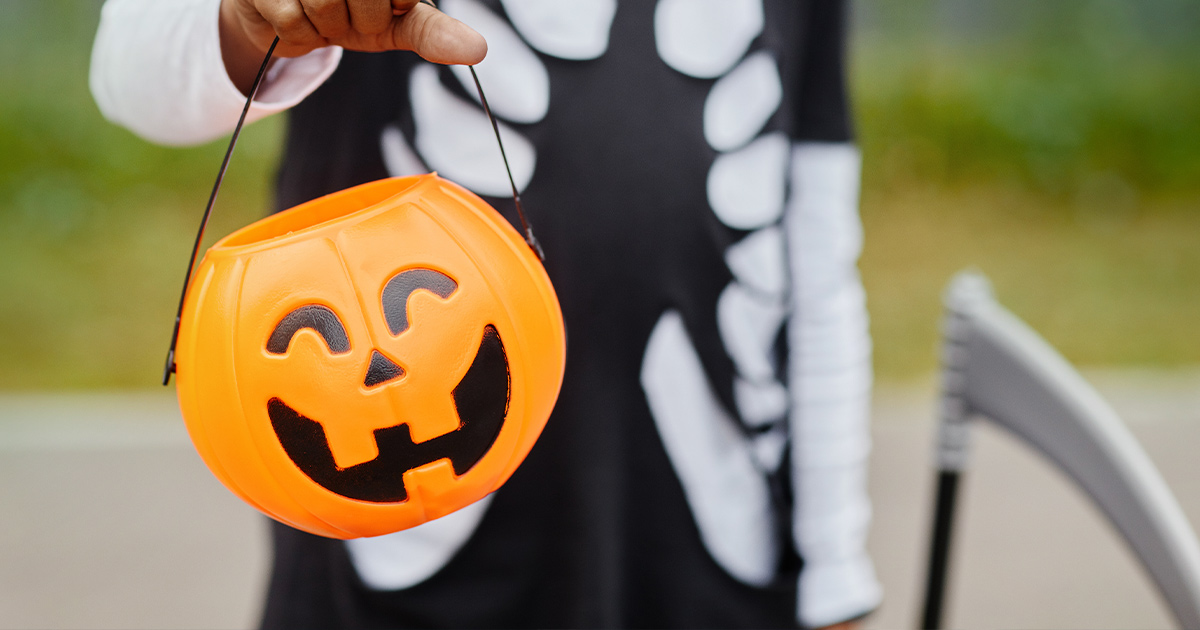A home safety plan is an essential tool for keeping your family safe, as it establishes what to do in case of an emergency. All families should prepare for fire safety, natural disasters, power outages, extreme heat and cold. Families should have a plan to take care of any contingency.
First you should Identify two safe meeting areas in your home!
Choose the two safest spots in your house: One as your primary meeting spot, and the other as your backup. The safest spots are ones without windows and closest to the ground, so if you have a basement or first-floor interior bathroom, that would be the ideal family safe meeting space.
Second you and your family should set two outdoor meeting areas!
In case your family is separated during an emergency, set two safe outdoor meeting spots where you can reunite (primary and alternative). Your outdoor meeting areas will be the primary escape destination during a fire.
Third your family should have a diagram of your safe spaces!
Children are visual learners and often do well with reminders. Draw a color-coded diagram of your various escape routes. Choose a favorite color for the primary safety plan, so your child will be able to easily jog their memory in an emergency. If you have more than one young child, give each their own color-coded plan.
Fourth everyone should know how to dial 911!
Teach your child how to call and talk to 911. As part of basic safety, children should always be able to recite their full name and address; this is helpful in case of an emergency, as they’ll be able to call for help when necessary.
Fifth, your family should know your safety equipment!
Except for very young children, all members of your household should know how to use a fire extinguisher and how to identify if a smoke or carbon monoxide alarm goes off. Knowing what’s happening means you respond with the right emergency plan.
Sixth you family needs to practice, practice, practice!
The key to emergency preparedness is practice. In the moment, you’ll likely experience a mixture of fear, panic, and adrenaline. It’s easy to act on reflex, so drilling your home safety plan over and over will help you keep a cool head. Make sure to practice your safety plan during different conditions, and at least once per year at night. Darkness amplifies fear, and in an emergency your children will likely be scared. Practicing in advance gets them better prepared to stay safe.

